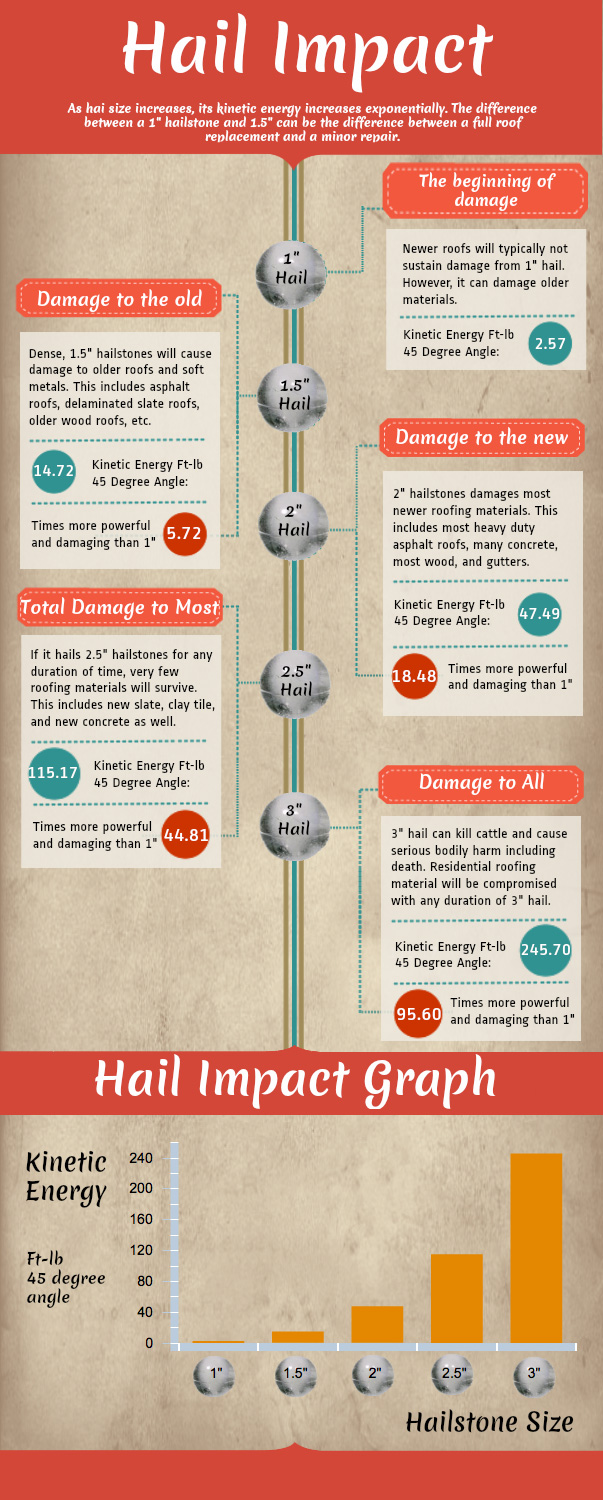An Introduction To The Fundamentals Of Solar Power Equipments And Their Performance
An Introduction To The Fundamentals Of Solar Power Equipments And Their Performance
Blog Article
visit the site Created By-Vittrup Enevoldsen
So, you've heard about photovoltaic panels and their prospective to create power from sunlight, yet how precisely do they function? Comprehending the detailed technology behind photovoltaic panels can be an interesting trip into the globe of renewable resource. From the standard concepts of solar batteries to the intricate parts that compose a photovoltaic panel system, there's an entire world of knowledge waiting to be discovered. Let's unravel the mysteries of solar panel modern technology with each other.
Photovoltaic Panel Innovation Fundamentals
To truly grasp the significance of photovoltaic panel innovation, you should look into the basic principles that underpin its functionality. Solar panels include photovoltaic cells, usually made from silicon, which have the remarkable capacity to convert sunshine into electrical energy via the photovoltaic or pv impact. When sunlight hits the cells, the photons in the light interact with the silicon atoms, causing the electrons to break without their atomic bonds. This develops an electrical current that can after that be taken advantage of for powering various devices.
The key part of photovoltaic panels is the semiconductors within the photovoltaic cells, which facilitate the conversion of sunshine into usable power. These semiconductors have both favorable and unfavorable layers, developing an electrical field that enables the flow of electrons.
This circulation of electrons, when connected in a circuit, creates straight existing (DC) electrical power. Comprehending these basic principles is important for valuing how photovoltaic panels can harness the sun's energy to power homes, organizations, and also satellites in space.
Exactly How Solar Panels Generate Power
Photovoltaic panel harness the sunlight's power by converting sunshine into electrical energy via a process referred to as the solar impact. When sunshine hits the solar panels, the photons (light particles) are absorbed by the semiconducting materials within the panels, normally made from silicon. This absorption generates an electric existing as the photons knock electrons loosened from the atoms within the product.
The electric fields within the solar cells then force these electrons to flow in a details instructions, producing a direct present (DC) of power. This direct current is then passed through an inverter, which transforms it right into rotating current (AC) electrical power that can be made use of to power your home or organization.
Excess power generated by the photovoltaic panels can be saved in batteries for later use or fed back into the grid for credit score through a process called net metering. Recognizing just how solar panels generate electrical power is critical to appreciating the ecological and cost-saving benefits of solar energy systems.
Understanding Photovoltaic Panel Components
One crucial facet of photovoltaic panel modern technology is comprehending the various components that make up a photovoltaic panel system.
The key components of a solar panel system consist of the solar panels themselves, which are made up of photovoltaic cells that transform sunshine into electrical power. These panels are installed on a framework, often a roof, to record sunlight.
In https://solar-panels-for-sale-nea22221.luwebs.com/31753979/a-step-by-step-guide-to-the-solar-installment-process-what-to-anticipate to the panels, there are inverters that transform the direct existing (DC) electrical power generated by the panels into rotating present (AC) electrical energy that can be used in homes or services.
The system also consists of racking to sustain and place the solar panels for optimum sunlight exposure. Additionally, cables and adapters are crucial for moving the electricity generated by the panels to the electric system of a building.
Lastly, a surveillance system might be included to track the efficiency of the photovoltaic panel system and guarantee it's operating effectively. Recognizing these parts is vital for any individual looking to install or make use of photovoltaic panel innovation properly.
Conclusion
Now that you recognize the essentials of solar panel modern technology and how it works, you can value the power of harnessing sunlight to produce clean and renewable resource for your structure. By using the solar impact and parts like inverters and monitoring systems, you can add to a more lasting future while also possibly saving on power prices. Maintain learning and exploring the possibilities of solar energy for a greener tomorrow.
